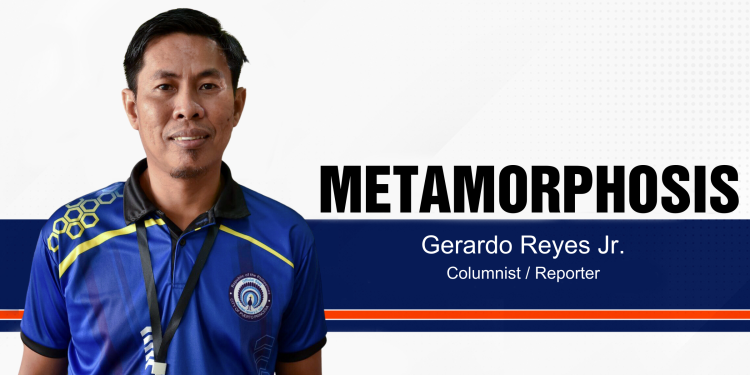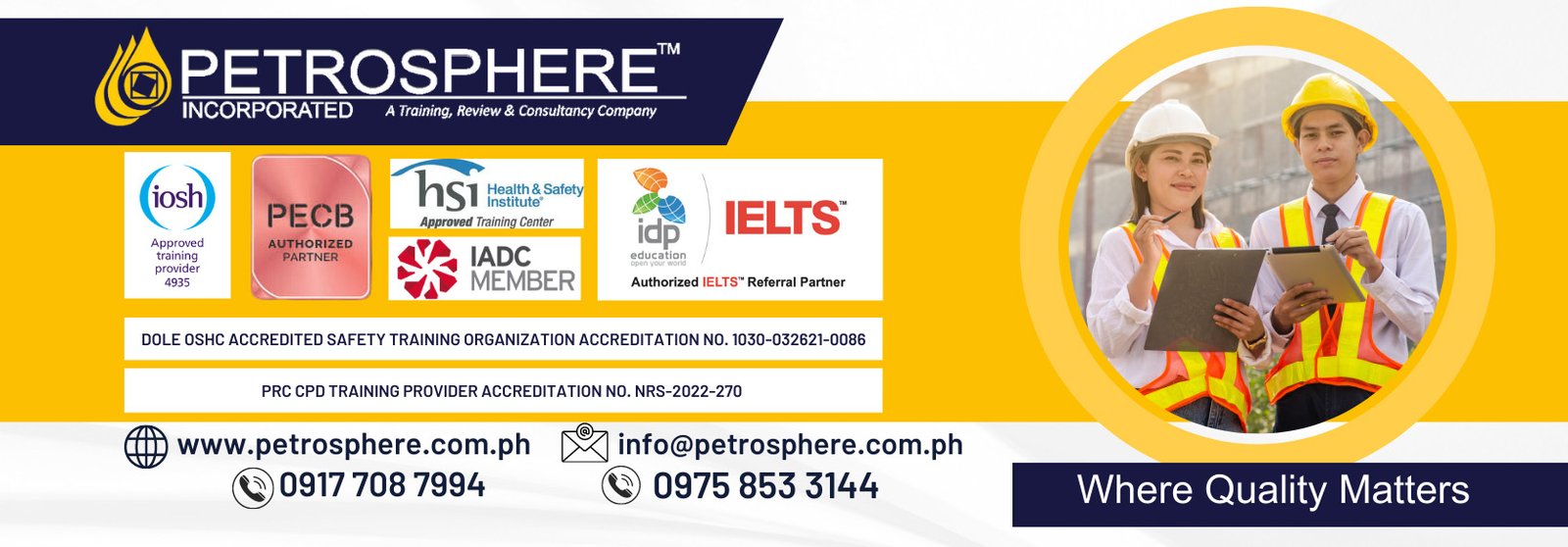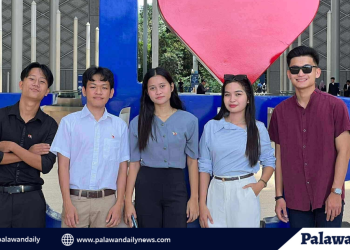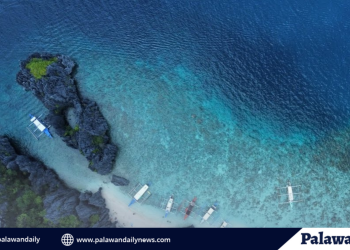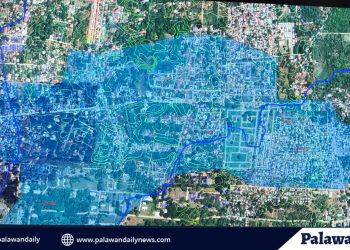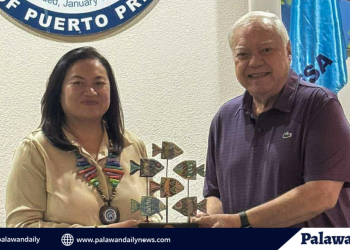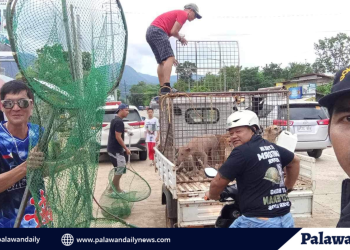Recently, the City Government of Puerto Princesa through the City Environment and Natural Resources Office (City ENRO) headed by City ENR Officer Atty. Carlo B. Gomez conducted the city’s first ever Environmental Forum recently, a two-day event held at Robinsons Place-Palawan with the theme “Our seas, our focus”.
Blue carbon ecosystems represents coastal vegetated areas like mangroves, salt marshes, and seagrass meadows that are known as highly useful at capturing and storing atmospheric carbon dioxide. These ecosystems play a vital role in reducing climate change impacts by sequestering significant amounts of carbon in both plant biomass and the sediments below.
While there is growing awareness of blue carbon ecosystems, public understanding and engagement differ significantly. Many people are aware of climate change and the role of carbon reduction, but knowledge of specific blue carbon ecosystems like mangroves, seagrasses, and salt marshes and their potential for carbon sequestration is less widespread.
Mangroves are considered as an important components of the coastal ecosystem and among the most productive and biologically complex ecosystems on the planet. Dr. Jurgenne Primavera, an internationally-recognized mangrove scientist and currently the Chief Mangrove Advisor of the Zoological Society of London (ZSL) said that the abundance of fish and shells in zones where mangroves abound is a bio-indicator of the richness of the diversity in the mangrove and coastal area. In fact, shellfish gatherers/gleaners locally known as manginginhas represents the food security in our coastal communities.
For centuries, mangrove systems have contributed significantly to the well-being of coastal communities through their provision of a wide array of goods from forestry such as wood used for fuel, construction, and fishing poles, and forage for livestock, honey, and medicines. They are also important in fisheries with higher-valued fish, crustaceans and mollusks which they significantly fortify. But mangroves do not stop at being providers of essential goods; they also offer many ecosystem services including coastal protection provided by a buffer zone during typhoons and storm surges, reduction of shoreline and riverbank erosion, flood control, nutrient recycling and habitat for wildlife.
The activity truly help raised public’s awareness considering that various stakeholders who were present during the event have expressed their commitment to supporting a more eco-resilient and sustainable management of coastal resources.
Increased attention to blue carbon ecosystems in climate change discussions and commitments is likely to drive greater public awareness and action.
Aside from Dr. Primavera, other speakers during the event were Dr. Jessie O Samaniego of the Department of Science and Technology (DOST-PNRI), Aquaculturist II Lenie Gonzales of the Bureau of Fisheries and Aquatic Resources (BFAR) Forester John Vincent “Jovic” B. Fabello of Palawan Council for Sustainable Development Staff (PCSDS), and Statistician I Alexis Mae Diaz of Palawan State University.
Resource speakers from the City Government of Puerto Princesa includes Mico Jay P Echague of the City Disaster Risk Reduction and Management Office (CDRRMO), Senior Aquaculturist Joven Delgado and Aquacultural Technologist Arvil C. Conde from the City Agriculturist Office.
From the City ENRO, resource speakers were Environmental Management Specialist II Carl Von Leen Curada who is also the acting division head of the City ENRO’s environmental management services division, Engr. Charilyn Manas, acting division head of the mines and geosciences management services division, biologist Hazzel Valones, and Assistant City ENRO Cardelar Stevie Angel Madrinan ENP.




